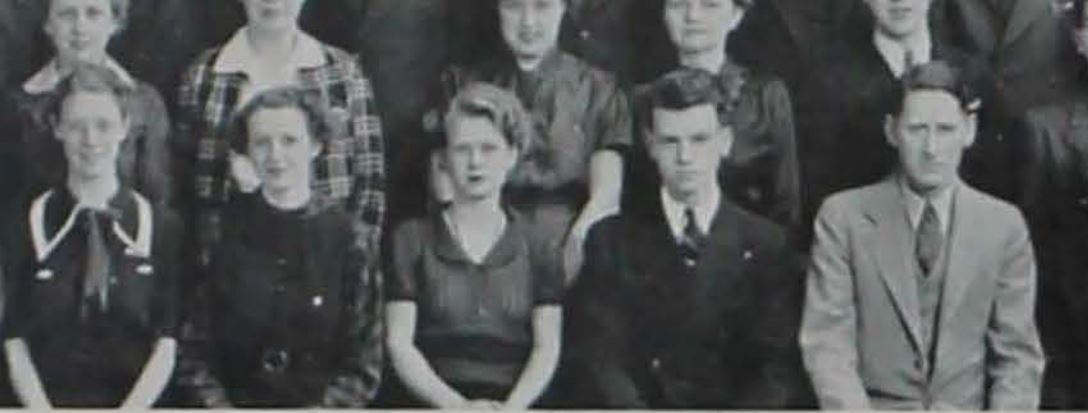Iowa State’s Department of Electrical and Computer Engineering is celebrating Women’s History Month with a series highlighting alumnae, faculty and students. This is the first in a multi-part series. Click here for more Women’s History Month coverage.

In the early 20th century, few women were applying to engineering programs. When formerly-named Iowa State College’s first female engineering student graduated in 1892, simply being a woman studying engineering was unique enough to be featured on the front page of campus papers.
Alice A. (Churchill) Camerlengo was born Sept. 7, 1915, in Freeport, Illinois, and died on April 26, 1987. She soon moved to Battle Creek, Iowa, where she attended school. Alice graduated from today’s Department of Electrical and Computer Engineering (ECpE) at Iowa State in 1937 and was the first female to earn an electrical engineering degree from ISU.
In a 1933 issue of The Iowa Homemaker, a monthly magazine published by Iowa State College for homemakers from the division of home economics, an article titled “Freshman are Versatile…” said, “If any of you should chance to meet a girl on the campus dressed in practical overalls, that would undoubtedly be Alice.”
Alice was interested in transmission line design, machinery and vacuum tubes and radios. A 1936 issue of The Iowa Homemaker featured an article titled “Our Coeds are Versatile” which said she “managed to to out-strip the grades of most of the male engineers.”
The 1933 issue went on to say, “Alice is most unusual since she is one of the two girls enrolled in electrical engineering… Perhaps in a few years the Electrical Engineering Department [ECpE] will rival the Home Economics Division as a drawing-card for girls.”
Alice was the secretary of Pi Mu Epsilon, the honorary mathematics fraternity, which selected members who were in their third year of mathematics and who were above average in scholarship. She was also the secretary of American Ceramics Society and the student branch of the American Institute of Electrical Engineering, now a part of the Institute of Electrical and Electronics Engineering (IEEE).
The book “Engineering in a Land-grant Context: The Past, Present and Future of an Idea,” a compilation of essays demonstrating the history of engineering education in land-grant universities over the past 140 years, said, “Things have reached a pretty pass when the girls can come over to the engineering side of campus and beat the boys at what is theoretically their own game,” about Alice, who received both the Pi Mu Epsilon calculus award and the Phi Kappa Phi high scholarship award.
Shortly after graduating, she began working General Electric Pittsfield Plant in Pittsfield, Massachusetts, in the power transformer division. Alice was the first female engineer to be hired there.
During WWII, General Electric partnered with seven universities, one being Iowa State, to teach the company’s special curriculum designed to provide a crash course and on-the-job training for women to help the war effort. The program eventually enrolled over 600 women.